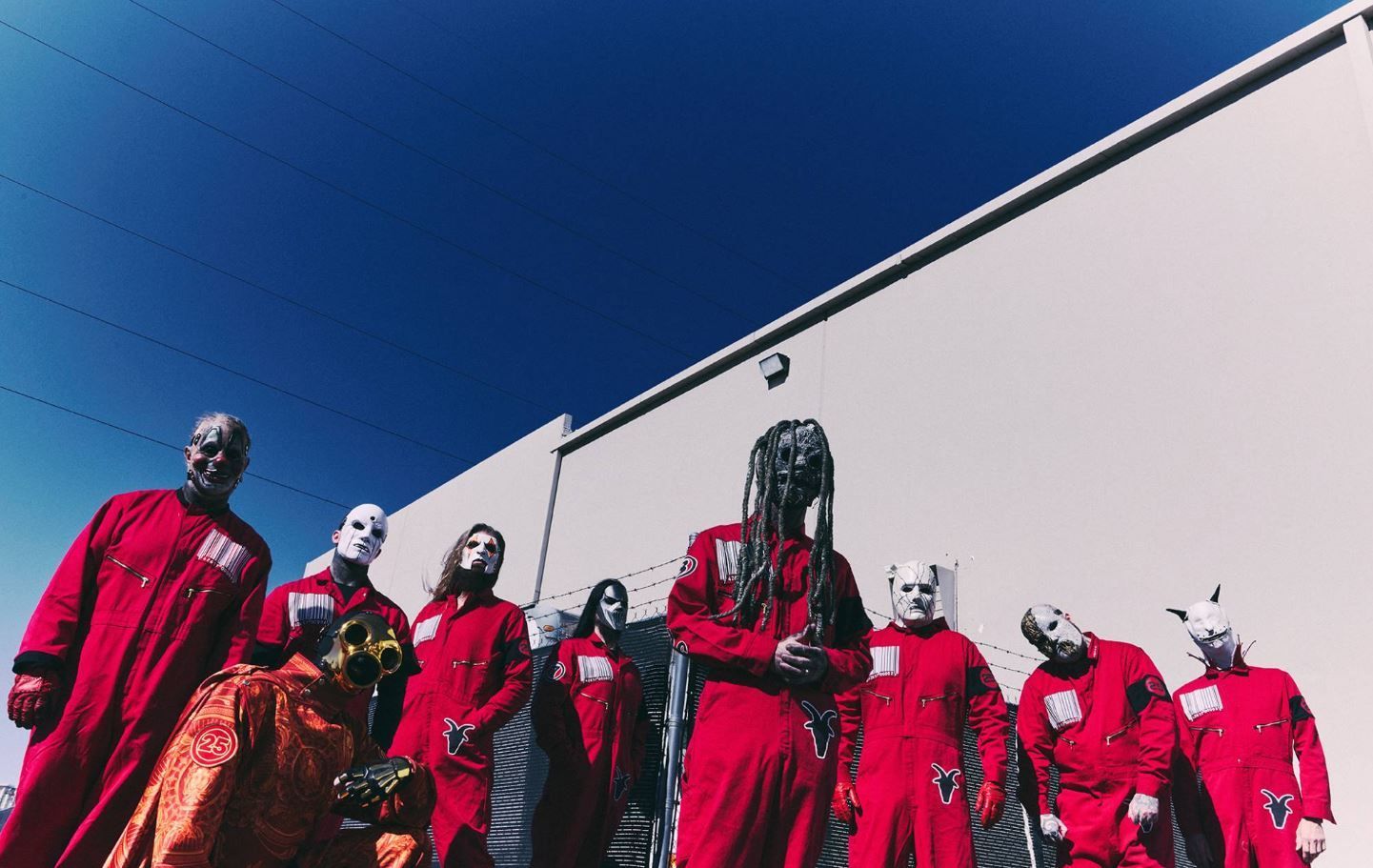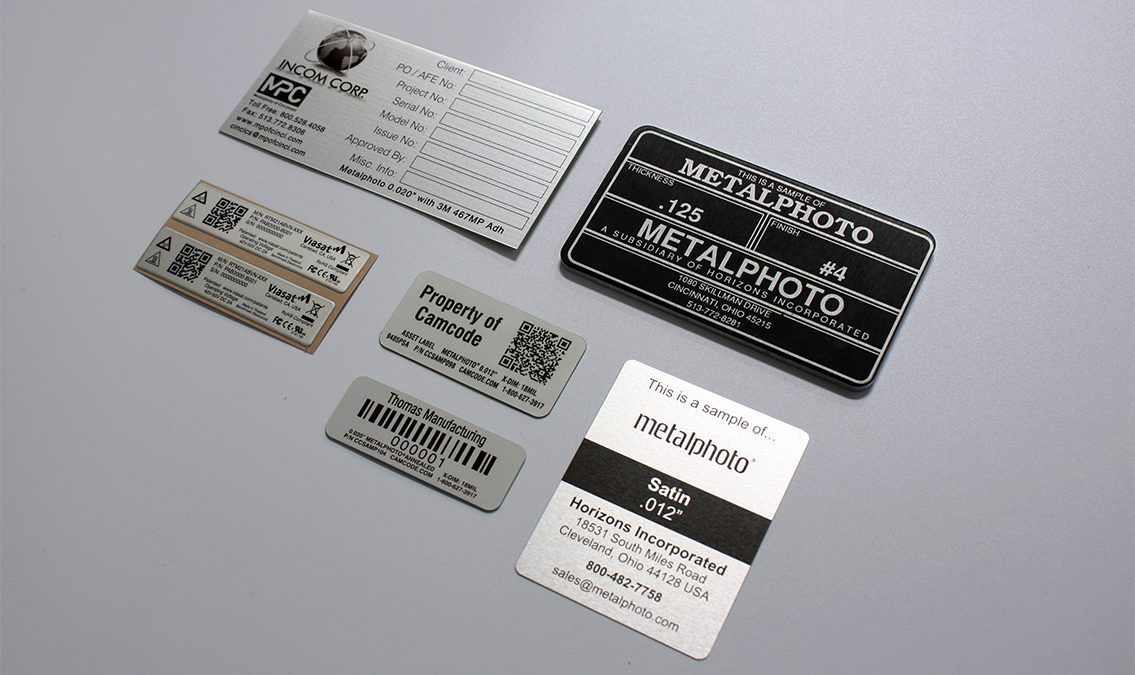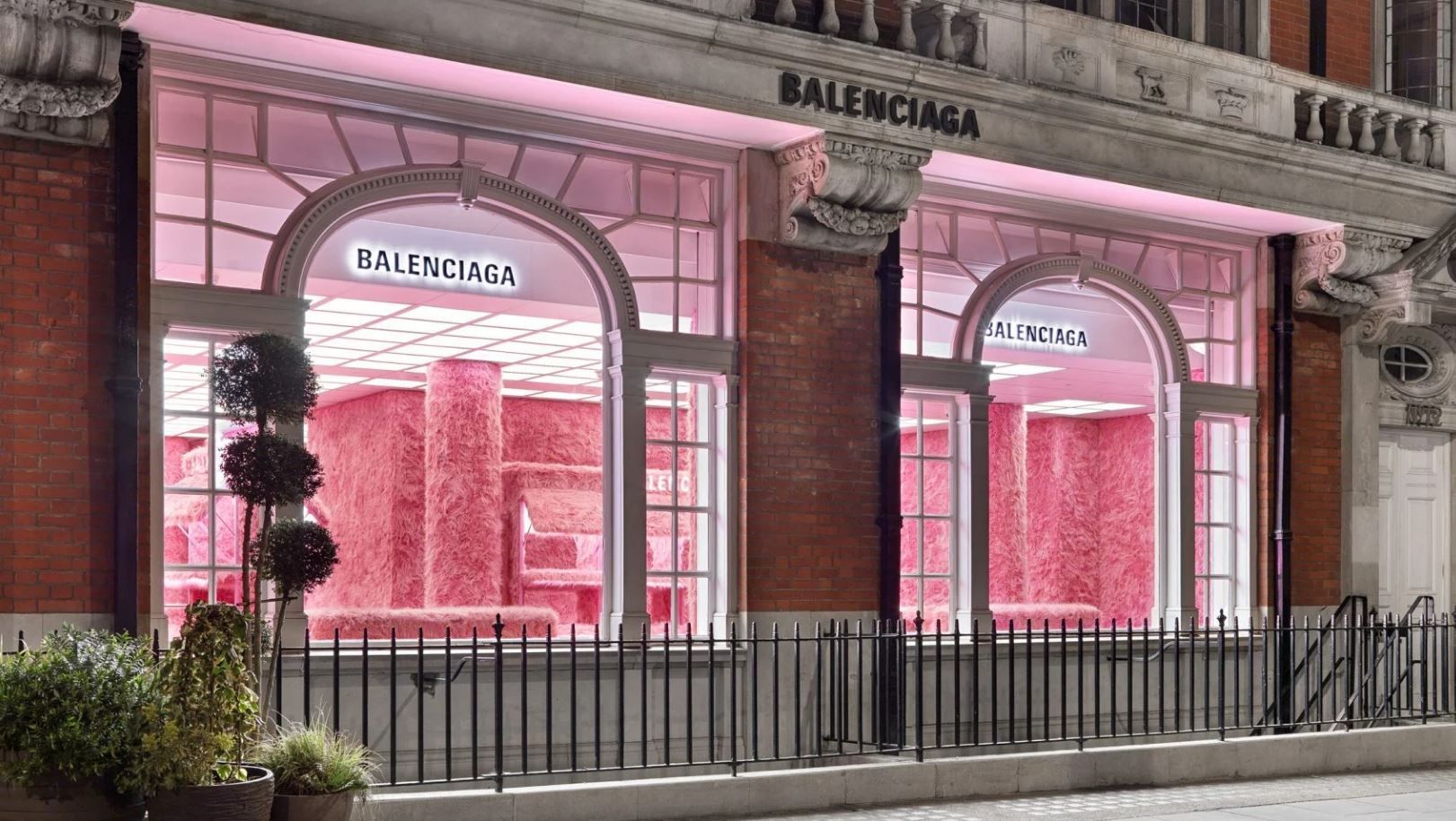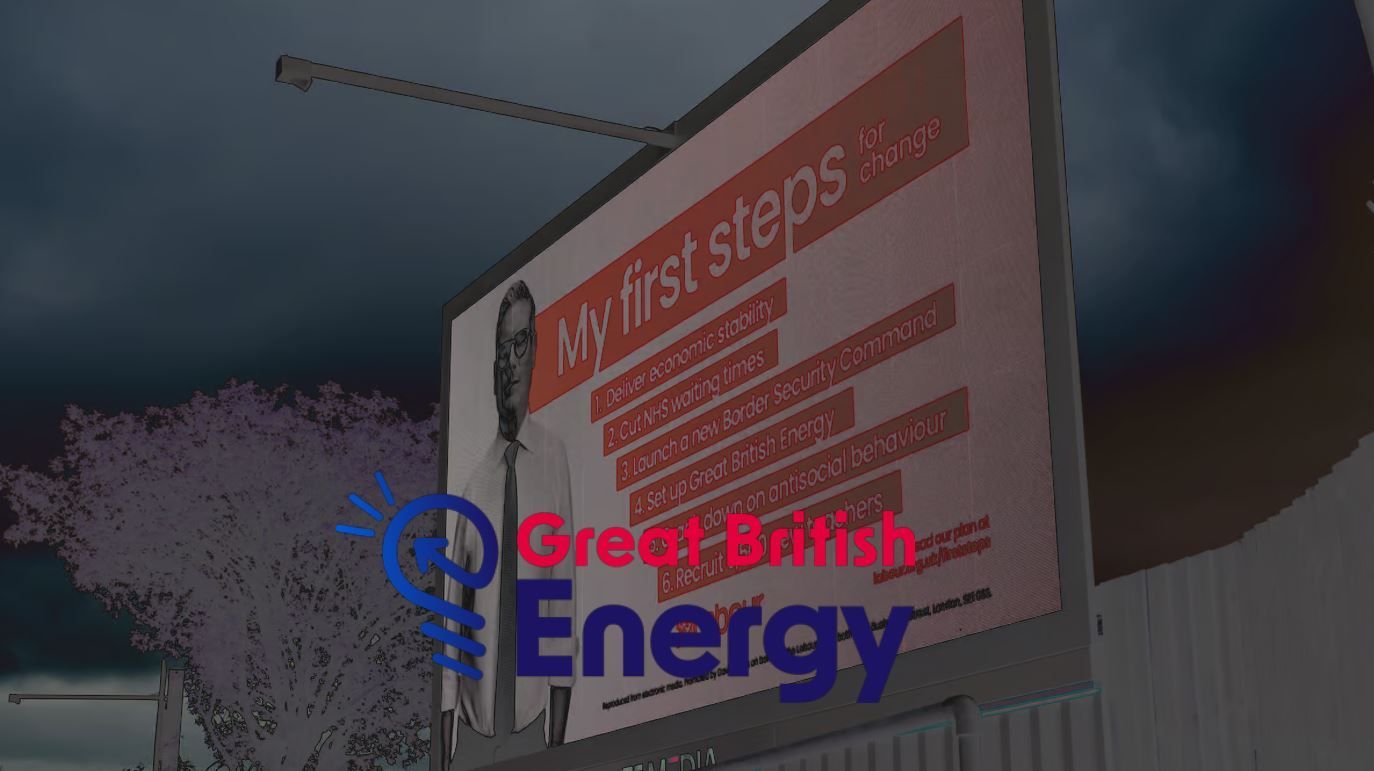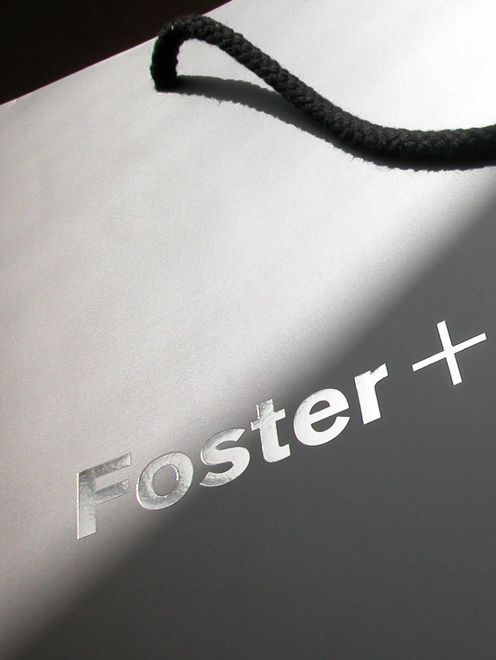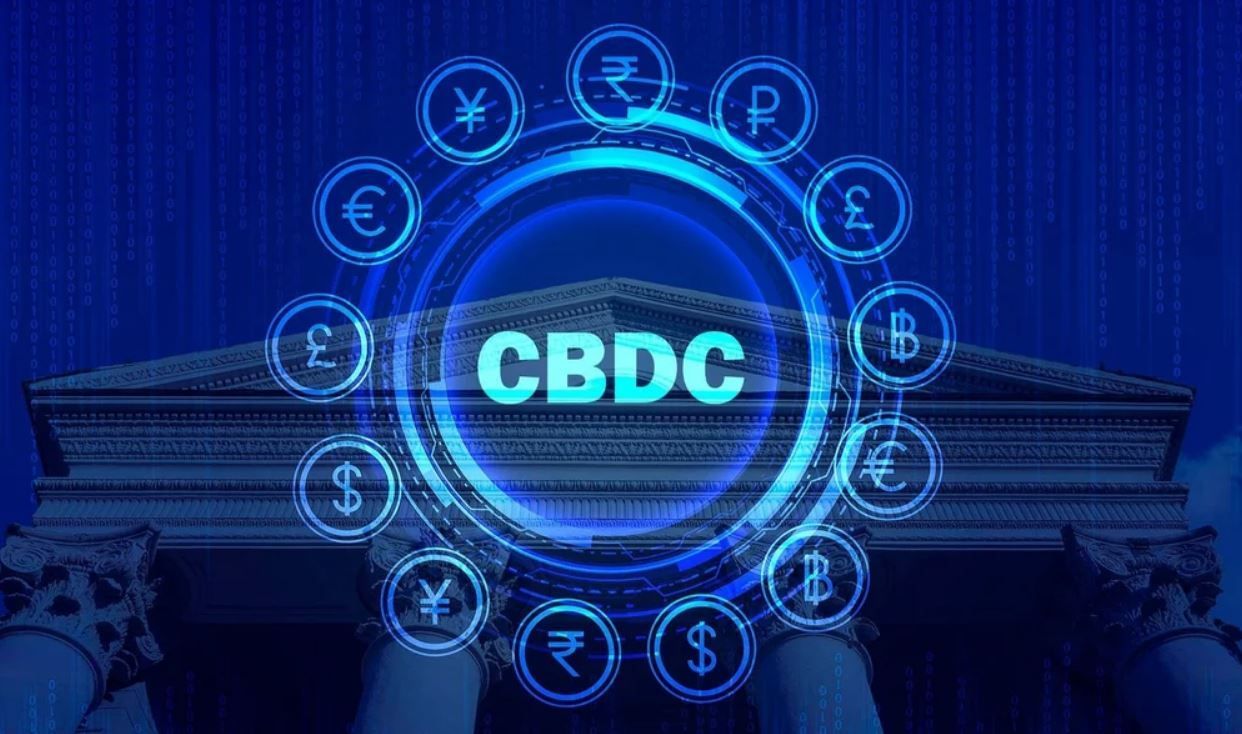
Slipknot's 25th Anniversary Tour: A Nostalgic Dive into Design, Brand Identity, and Advertising Strategy
Slipknot's brand identity has always been inextricably linked to their music, visual style, and the feeling of community they create among their followers, known as "maggots."
Slipknot, the renowned heavy metal band, kicked off their 25th Anniversary Tour in Noblesville, Indiana, with a unique setlist that only included songs from their revolutionary 1999 self-titled album. This article will look at Slipknot's design, branding, and advertising strategy for this milestone tour, as well as fan reactions and the band's approach to commemorating their heritage.
Design
The
design components of the 25th Anniversary Tour were meticulously constructed to evoke nostalgia and pay tribute to the band's early days. The stage layout and background had a gritty, industrial style evocative of the artwork and images from the self-titled album. The band members' distinctive masks were also given a nostalgic twist, including components from their original designs and subtle modern tweaks.
Brand Identity
Slipknot's
brand identity has always been inextricably linked to their music, visual style, and the feeling of community they create among their followers, known as "maggots." For the 25th Anniversary Tour, the band strengthened their brand identity by emphasising the qualities that set them apart in the late 1990s and early 2000s. This includes using the original Slipknot logo, reintroducing the band's distinctive masks, and incorporating the colour palette and images from their early years.
Slipknot's brand identification has been critical to their success, and the 25th Anniversary Tour presented an opportunity to strengthen that identity. The band's distinctive masks, which have been a part of their image since their birth, were given a throwback twist for the tour, with components from their initial designs mixed in with subtle current revisions. This managed to elicit nostalgia among followers while also attracting new audiences.
Advertising Strategy
The advertising campaign for Slipknot's 25th Anniversary Tour revolved around nostalgia and a celebration of the band's career. The band's marketing team used a combination of conventional and digital methods to reach their target demographic. Social media channels were widely used in the buildup to the tour, with teaser videos, behind-the-scenes information, and exclusive interviews shared. The band also collaborated with numerous media sources to promote the tour and create excitement among their fan base.
Fan Reactions
The fan reception to the 25th Anniversary Tour was divided. Many fans loved the band's emphasis on their early work, which gave a unique opportunity to hear the tunes that began their careers. Others were dissatisfied by the lack of newer hits and the shorter set lengths compared to prior concerts. This mixed response exemplifies the difficulties bands have when considering how to honour their heritage while still meeting the expectations of its fans.
The Data
To have a better understanding of the 25th Anniversary Tour's impact, consider the following data points. According to Live Nation Entertainment, the tour grossed more over $100 million in ticket sales, making it one of the year's top tours. The tour also boosted the band's streaming stats, with their 1999 self-titled album receiving a large spike in streams throughout the tour.
Slipknot's 25th Anniversary Tour was a meticulously planned and executed celebration of the band's career, with a focus on the design, brand identity, and advertising approach that set them apart in the late 1990s and early 2000s. While the tour elicited varied emotions from fans, it served as a striking reminder of Slipknot's effect on the music business and the ongoing bond they have with their followers. As the band continues to grow and develop new songs, their 25th Anniversary Tour exemplifies the power of nostalgia and the necessity of honouring one's beginnings.
The 25th Anniversary Tour was a well-executed tribute to Slipknot's past, with a significant emphasis on branding, advertising, marketing, and analytics. The tour served to strengthen the band's brand identification, create excitement among their fan base, and increase their streaming statistics.

